Optimal Timing for Fumigation Services
Fumigation is most effective when scheduled during specific times of the year, depending on pest activity and seasonal conditions. Typically, late spring and early summer are considered optimal periods for fumigations, as pest populations tend to increase during warmer months, making treatments more impactful.
Pest populations often peak during warmer months, requiring timely fumigation to prevent infestations.
High humidity and temperatures can influence pest behavior, making certain seasons more suitable for fumigation.
Scheduling during periods of low occupancy or when buildings are less active can improve treatment effectiveness.
Pre-construction treatments are often scheduled before building occupancy or renovation projects.

Ways to make Fumigations work in tight or awkward layouts.
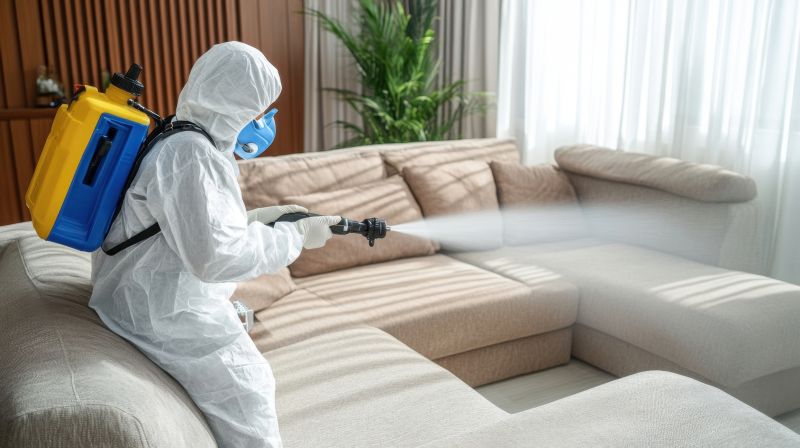
Popular materials for Fumigations and why they hold up over time.
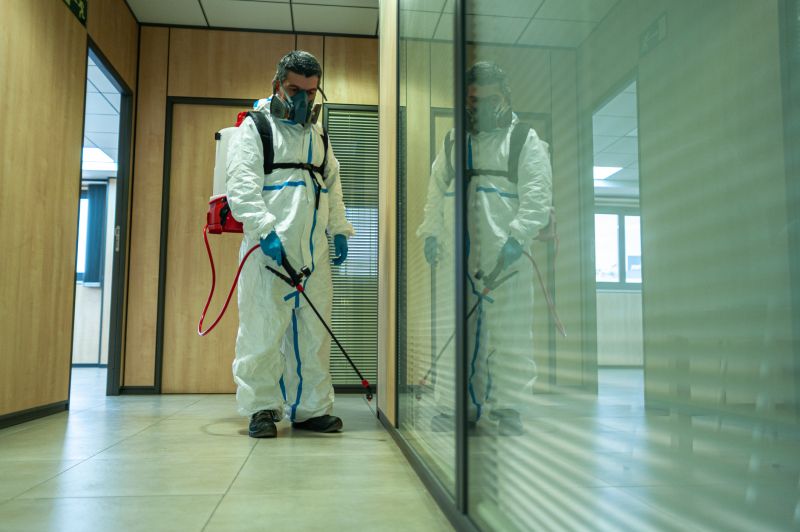
Simple add-ons that improve Fumigations without blowing the budget.
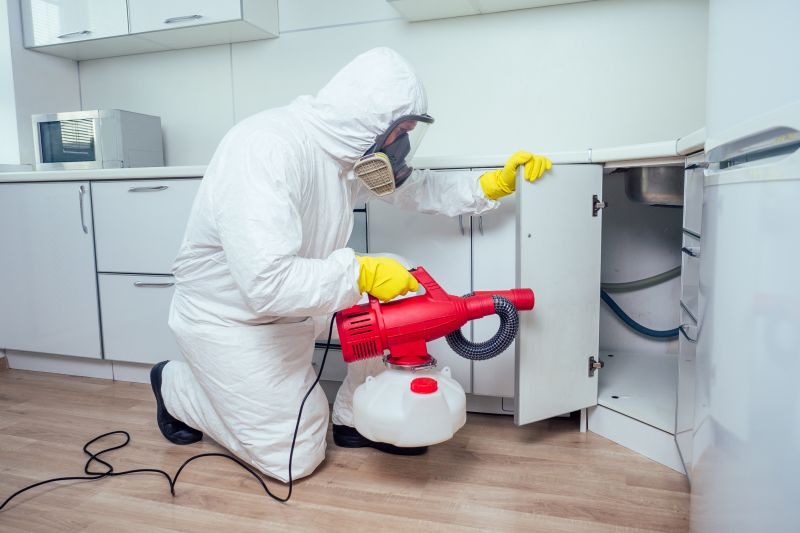
High-end options that actually feel worth it for Fumigations.

Finishes and colors that play nicely with Fumigations.
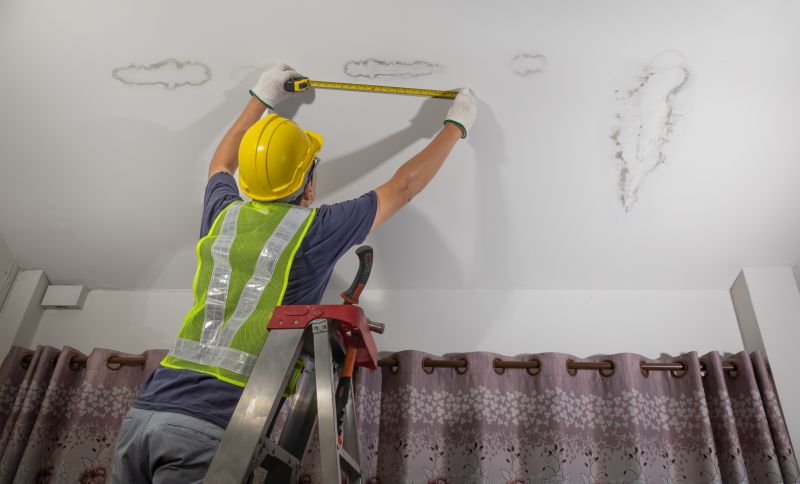
Little measurements that prevent headaches on Fumigations day.

A 60-second routine that keeps Fumigations looking new.
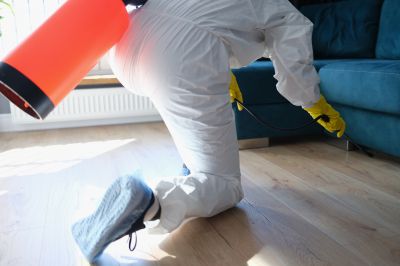
A frequent mistake in Fumigations and how to dodge it.
Fumigation involves the application of gaseous pesticides to eliminate pests within a property. It is a comprehensive approach suitable for a variety of pests, including termites, bed bugs, and stored product insects. Proper timing enhances the success rate, as it aligns with pest life cycles and environmental conditions that favor pest activity.

Small tweaks to make Fumigations safer and easier to use.
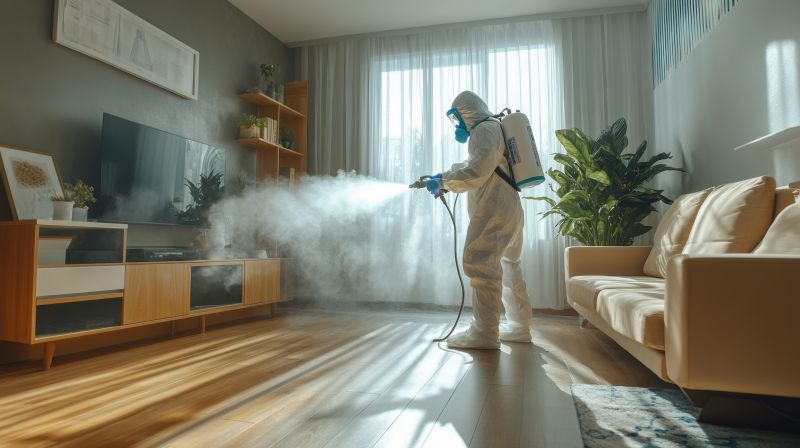
Lower-waste or water-saving choices for Fumigations.

The short, realistic tool list for quality Fumigations.

Rough timing from prep to clean-up for Fumigations.
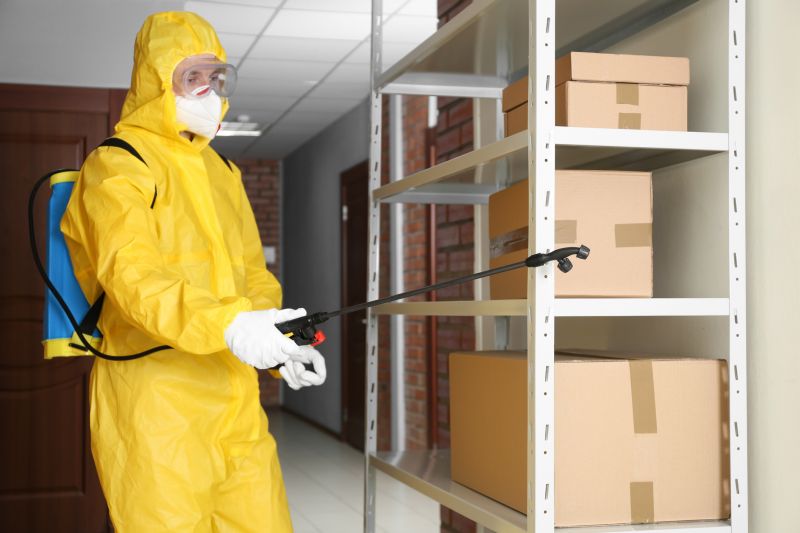
Quick checks and paperwork to keep after Fumigations.
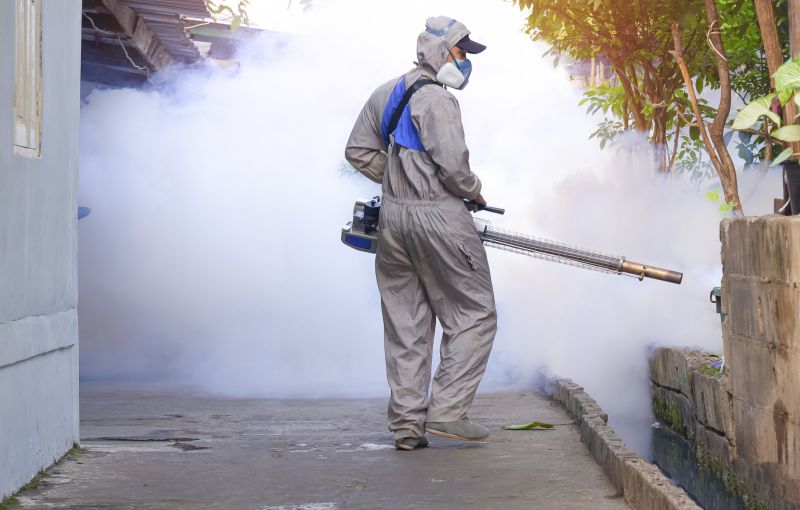
Examples that show the impact a good Fumigations can make.
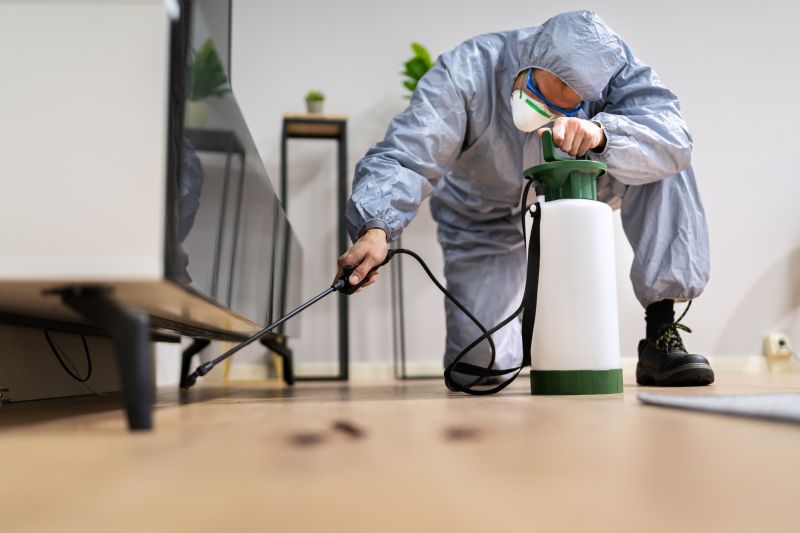
Ways to make Fumigations work in tight or awkward layouts.
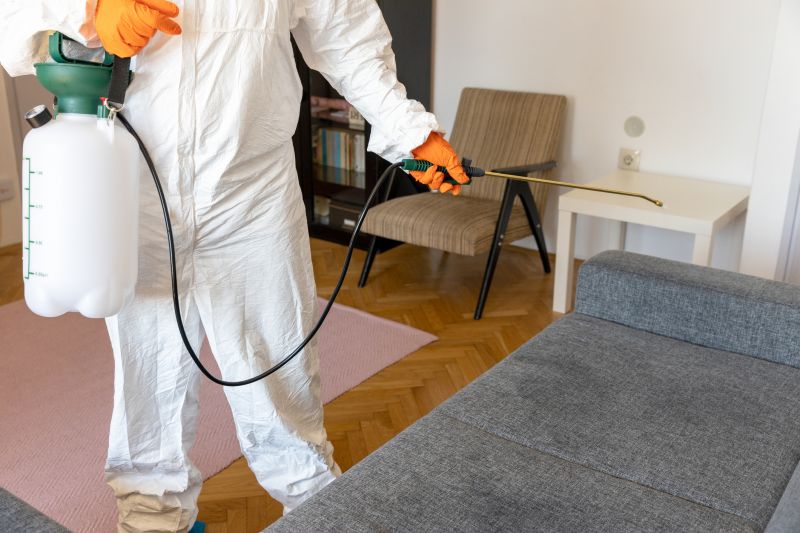
Ways to make Fumigations work in tight or awkward layouts.
| Season | Optimal Fumigation Timing |
|---|---|
| Spring | Late spring is ideal for early pest control before populations peak. |
| Summer | Early summer offers high pest activity, suitable for targeted treatments. |
| Fall | Pre-winter fumigation can prevent pest overwintering. |
| Winter | Limited effectiveness due to low pest activity, but suitable for specific pest types. |
| Post-Infestation | Immediate treatment regardless of season when severe infestations occur. |
Understanding the optimal timing for fumigation can enhance pest control outcomes. Planning treatments during peak pest activity ensures better results, while off-season fumigations may be necessary for preventative measures or specific pest types. Regular inspections can help determine the best timing for each situation.
Interested in scheduling a fumigation or learning more about the best timing for your property? Filling out the contact form provides an opportunity to discuss specific needs and receive tailored recommendations for pest management.



